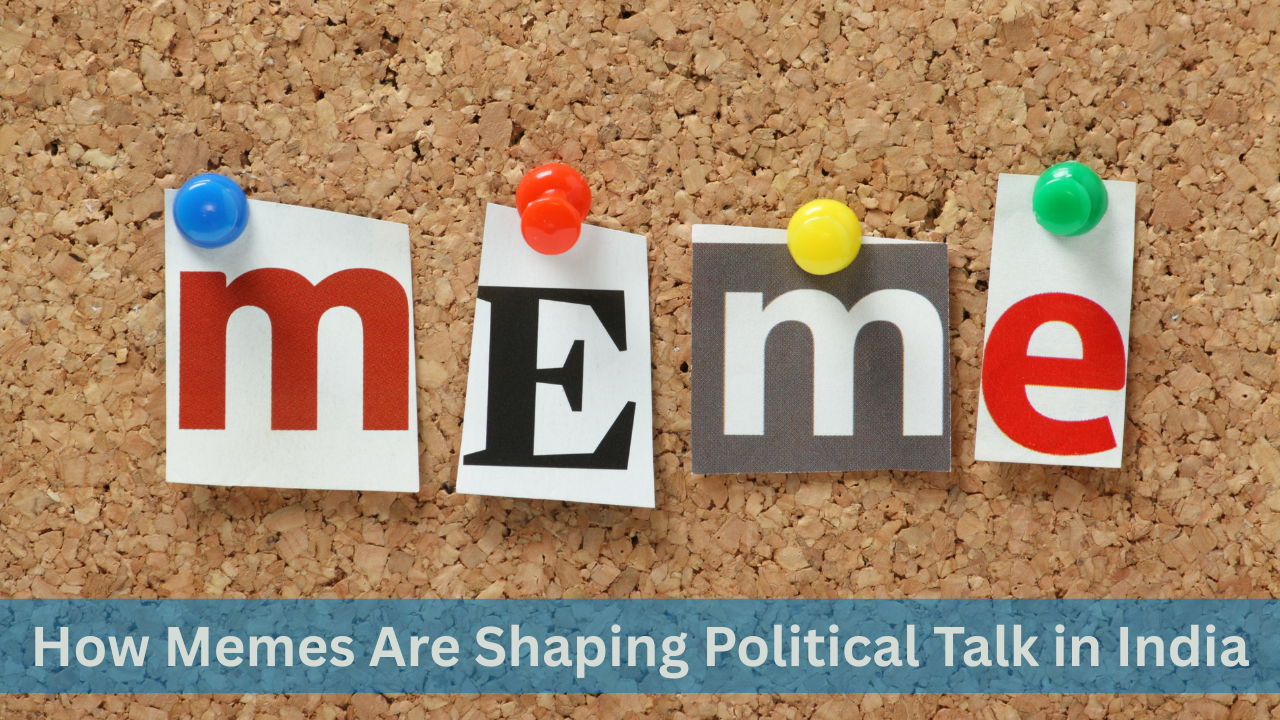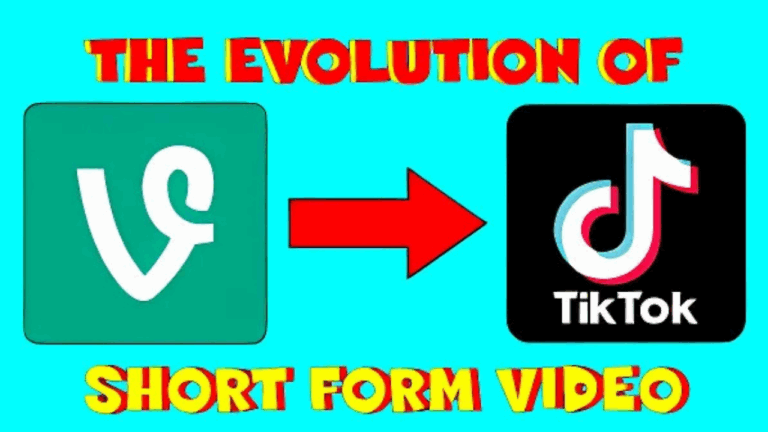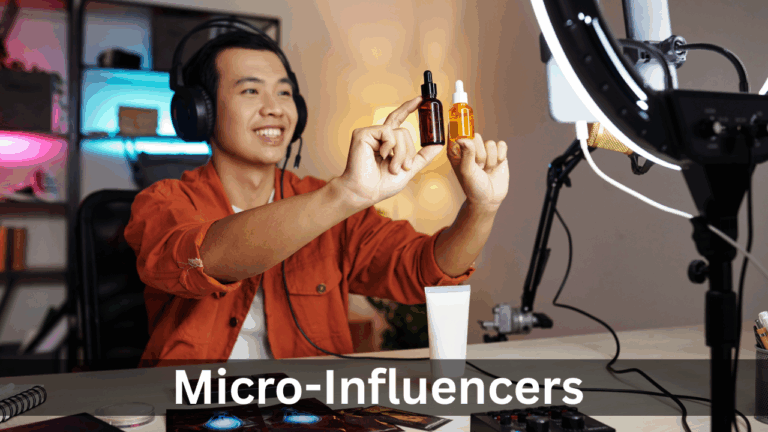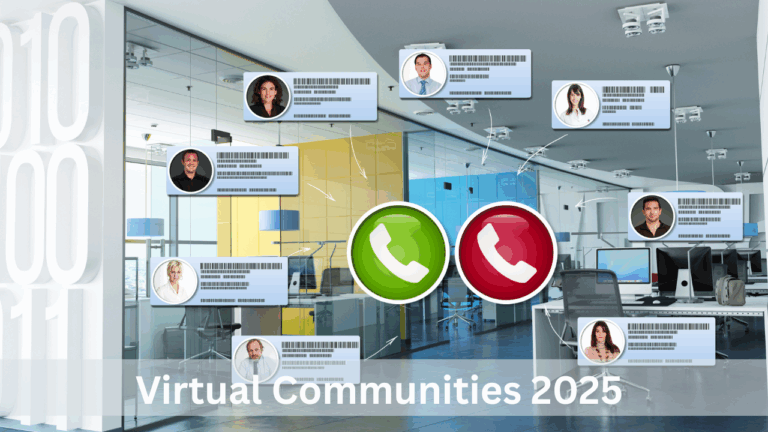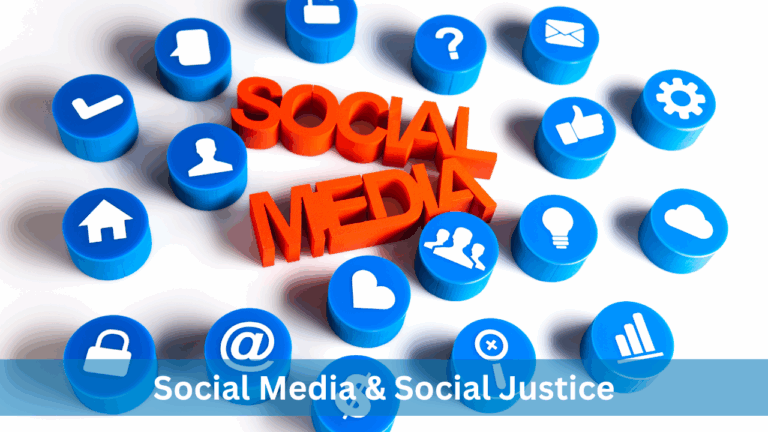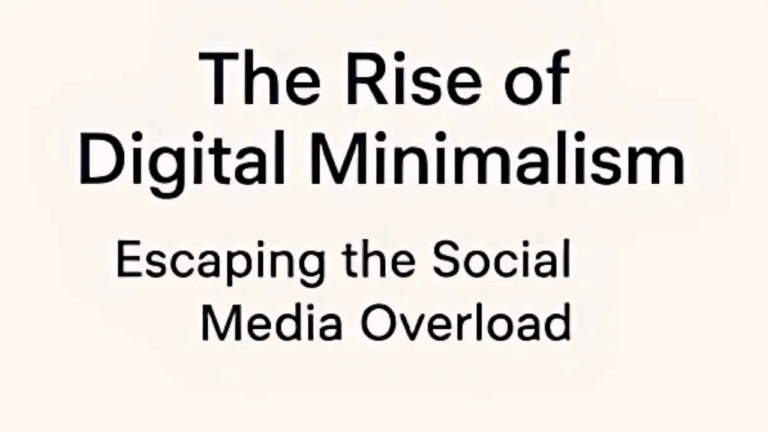The Meme Effect: How Memes Are Shaping Political Talk in India
In today’s world, memes are everywhere. From funny takes on daily life to sarcastic posts about leaders, memes have become a big part of how we talk about politics online. But what happens when jokes become tools to influence real opinions?
In this article, Scoopearth breaks down how meme culture is changing political talk in India — in a way that’s funny, powerful, and sometimes risky.
What Are Political Memes?
Political memes are jokes or comments shared as pictures, videos, or short texts that talk about leaders, laws, or big political events. They are usually funny but also carry strong opinions. Memes are quick to make, easy to share, and often go viral on apps like Instagram, Twitter, and WhatsApp.
Why Memes Matter in Politics
In the past, political messages were shared through speeches, newspapers, and news channels. But now, many young people don’t watch the news. They get updates through memes. A single meme can reach millions in just a few hours — and can shape what people think.
In India, all major political parties now use memes during election time to:
- Praise their leaders
- Make fun of rivals
- Talk about their work or promises
Real Examples from India
Here are some real ways memes have influenced political conversations in India:
Election Memes
During the 2024 Lok Sabha Elections, both the BJP and Congress were active on social media. Memes were shared every day mocking the opposition, promoting their own leaders, and even targeting voters emotionally.
Hashtag Movements
Campaigns like #GoBackModi or #ModiForPMAgain gained traction mostly through memes. These memes sparked debates not only online but also in offline discussions.
Youth Participation
Many first-time voters said that memes made politics more relatable and interesting. Instead of reading long articles, they got the message through humor.
The Good Side of Meme Culture
- Easy to Understand: Complex topics like budgets or laws are explained in fun ways.
- Youth Engagement: Young people who usually avoid politics start paying attention.
- Fast Sharing: Memes can spread messages far and wide, very quickly.
The Dark Side of Memes
But memes also have a downside.
- Misinformation: Many memes don’t show the full truth. They can spread fake news.
- Hate Speech: Some memes target communities or religions and spread hate.
- Divisive Narratives: Political memes can deepen the “us vs. them” feeling in society.
That’s why media experts say it’s important to check the facts behind a meme before believing or sharing it.
What Can Be Done?
To keep memes fun and not harmful, here are a few things we can all do:
- Think Before You Share
- Verify the Source
- Talk About What You See — Ask questions, not just jokes
Education on digital media use should be part of school and college learning too.
Final Words
Memes are no longer just for laughs — they’re shaping how we see leaders, elections, and national issues. They can bring change, raise voices, or divide opinions. As meme culture grows, we need to enjoy it with care and responsibility.
For more updates on how social media is shaping today’s world, visit Scoopearth — your smart space for online trends and current affairs.

